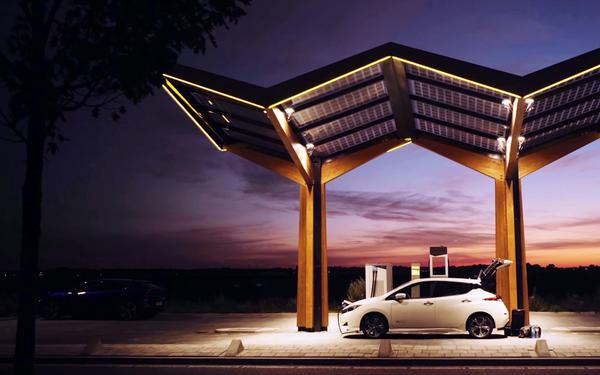Back to Articles
Installing EV chargers is not the same as meeting the demand for EV charging
30th Aug 2022
The uptake of EVs is truly beginning to take hold - 2030 seemed so far away when the initiative to stop selling petrol and diesel cars was announced.
In the year 2014, just under 7,0001 EVs were sold in the UK. In the month of January 2022, just under 14,500 electric vehicles were registered in the UK2 - more than double 2014’s total sales, sold in one month alone.
The conversation is changing. It’s not “will electric vehicles change the future of personal mobility?”, but rather, “how fast will this transition happen?”
To meet the challenge of removing Internal Combustion Engine (ICE) vehicles from the road, many hurdles need to be overcome. It is important to remember the ‘traditional car’ did not have the rate of growth we are seeing with EVs, and the supporting infrastructure was built in a world that is not as fast-paced as today.
On the face of it, there seems to be no shortage of potential charging options available. Dozens of charge point operators are eager to install chargers at as many sites as possible to meet this growing demand. In many cases, it seems they are unable to install them fast enough.
Yes, the infrastructure needs to be rolled out, but is simply adding as many chargers as possible, across as many sites as possible, as fast as possible, the right answer?
At Hydrock we agree that the infrastructure is in its infancy. However, simply adding more charge points may not be the answer. We believe the answer is to install the right chargers in the right place, at the right time.
Let’s look at an example scenario: If you consider an average town centre high street, most people will stay for an hour or two and then move on. By 2025, 10% of people driving into our town centres will be EV users. Should we be catering for all of these people to charge at the same time? In most cases, visitors will live within 25 miles so may not need to charge on the high street. So, if most local residents don’t need to charge in the high street, why would the high street need chargers?
There is a need for chargers in public places like the high street, but if demand is not coming from the local community, where is it coming from?
With the right data, we can understand average travel distances, average dwell times and reasons for visiting. When this data is used in conjunction with Hydrock's understanding of mobility, and the availability of home charging for more-local visitors (some of whom may depend on public chargers), you can build a picture. How much charge will people have on arrival? What is their end destination? How much charge will be required when they park?
With the right data, it becomes possible to make a qualified decision about the type, number and location of chargers needed.
In the hypothetical scenario outlined above, the town council decides to install 7kW chargers on the high street to meet the perceived demand. . On the surface, this might seem a sensible decision based on installation costs.
However, if we look at this with a little more scrutiny, any visitors who arrive with little remaining battery charge and a lengthy onward journey might have to remain in town for over 5 hours to have enough charge to get back to their destination. In most cases, this would lead visitors to look for a rapid or ultra-rapid charging location, taking them away from the high street.
Using Hydrock’s StratEV® tool, the local authority would be able to fully understand the user profile to know how best to meet EV charging requirements now, and in the future.
StratEV® is the data-driven approach that identifies the most suitable mix of chargers – in this case, that could be 7kW chargers for those working in the town centre and staying for an extended period, with higher-powered chargers for shorter-term visitors that require faster charging speeds.
As part of the solution, we also provide an installation schedule to meet rising demand. For example:
- In 2025, additional rapid chargers could be provided to reflect increased EV charging demand and likely faster rates of charging.
- In 2027, the initial chargers installed in 2022 will be five years old and may need replacing – StratEV will inform the best mix of replacement / additional chargers at that time.
- StratEV will also allow the local authority to understand and plan for demand up to the year 2050, informing its decisions on power supply, potential combination with renewables, or the installation of battery buffering to alleviate grid constraints.
In summary, StratEV® enables users to:
1. Meet actual (not perceived) demand, with the right chargers in the right places
2. Allow the market to develop before committing further public funds – avoiding inappropriate installation, abortive costs and stranded assets
3. Utilise EV charging as a further measure to enhance the attractiveness of our town and city centres.
It’s not just a numbers game – installing the right infrastructure in the correct locations at the right time, with an informed roll-out plan to minimise abortive costs and maximise utilisation is key for public and private sector clients. For local authorities, EV charging in town centres can be optimised to achieve policy aims focussing on net zero, economic resilience and growth, and social equity in relation to access to charging.
Learn more about StratEV® here.
1 Source: Wikipedia
2Source: HeyCar











